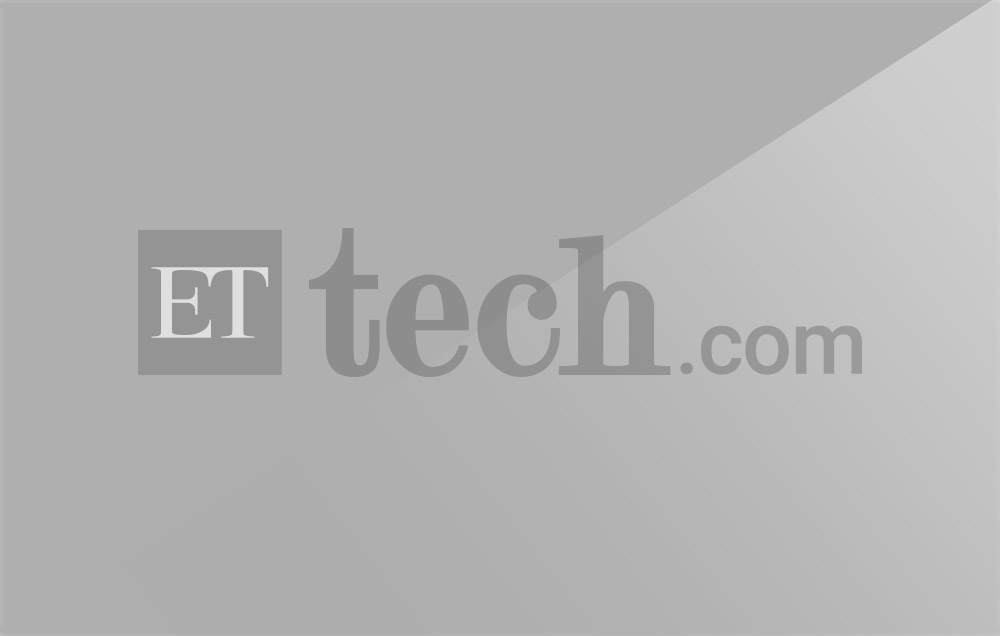
Consumers are increasingly using digital payments to buy essential items and services such as food, grocery, medical supplies, telecom recharges and utility bills, amid the ongoing 21-day nationwide lockdown in the wake of the Covid-19 virus outbreak.
Companies that are processing these digital payments have such transactions surge even as spend-heavy sectors such as aviation, hospitality, fuel and e-commerce have caused overall volumes to plunge.
Over 50% of all debit and credit card transactions — both at point-of-sale machines used by local stores and online checkouts at merchant sites — in the two weeks of the shutdown were for food and grocery-related purchases, up from 12% prior to the announcement, those monitoring daily volumes on these channels told ET.
The surge in payment volumes is in line with demand experienced by aggregators as well as a push from their side to avoid accepting cash. “Cash pick-up by banks are also very infrequent,” said Hari Menon, CEO, BigBasket.
Amazon, BigBasket, Swiggy, 1MG, Zomato, Grofers and FirstCry have stopped accepting cash on delivery, which made up at least 40% of their business volumes earlier.
They have moved to digital modes to fulfil transactions. Even Dunzo asks for pre-payment before delivery.

Grocery delivery, specifically, has seen a spike in transactions.
Order value at grocery retailers BigBasket and Grofers is up about 25% with the number of orders increasing by three-to-four times on these platforms.
According to BigBasket, orders have spiked to 325,000 daily, a three-times surge from normal.
It is much the same at Grofers. “Customers are moving to digital… most people aren’t holding that much cash to begin with, so digital is becoming a preferred mode,” said Albinder Dhindsa, CEO of Grofers.
Pharma delivery startups including 1MG have also stopped accepting cash, according to their app. “Not just food and grocery related spends, digital spends on pharmaceutical goods which constituted about 2% of the overall pie earlier, have nearly doubled,” one person tracking the trend at a leading public sector bank told ET.
“Cash can be a transmitter of infection, and the safety of our team and consumers is best protected if payments are digital and minimal cash exchange happens,” said Prashant Tandon Co-Founder, CEO 1MG.
Even banks, sector regulators and the National Payments Corporation of India (NPCI) are promoting the use of digital channels such as Unified Payments Interface (UPI) and contactless cards.
“NPCI…has been endorsing adoption of digital payment among masses so as to maintain social distancing in this critical scenario,” said Praveena Rai, Chief Operating Officer of NPCI. “We are actually seeing an increase in volume in categories like supermarket, which is an early trend and reflects what is happening in the country.”
Meanwhile, companies processing payments for leading merchants said that bills paid digitally recorded a sharp increase. Payment gateways such as CC Avenues, Billdesk and PayU have witnessed monthly mobile recharge volumes surge upwards of 20%-25% in the lockdown period.
Online bill payments, mostly through NPCI’s Bharat Bill Payments System (BBPS), also surged around 22%, as per trends shared with ET by the Payment Council of India (PCI), the representative organization of these companies.
“Not only bill payments, we’re seeing new categories of digital payment spends like gas bookings, renewals of gymkhana and club memberships emerge as well,” said Vishwas Patel, chairman of PCI. “Payments for subscriptions to OTT platforms like Netflix and Hotstar and DTH bills have also recorded a similar surge in the lockdown period.”
New payment trends have emerged on offline spending patterns recorded at swipe machines and offline UPI modes through QR stickers.
“Average digital ticket sizes in the first week of lockdown were as high as 20% due to consumers’ tendency to hoard supplies, however as supply chain pressures eased, the per ticket spends have slightly moderated,” said Rajeev Aggarwal, CEO, Innoviti, a leading Point-of-Sale deployer.
With commercial activity at a near standstill and aggressive push by banks and regulators to promote “non-contact digital” payments, these trends are likely to persist.
“Food and grocery purchases could make for over 75% of the card-volumes by second week of April,” an industry expert told ET on the condition of anonymity.
Leave a Reply